NASA Super Guppy
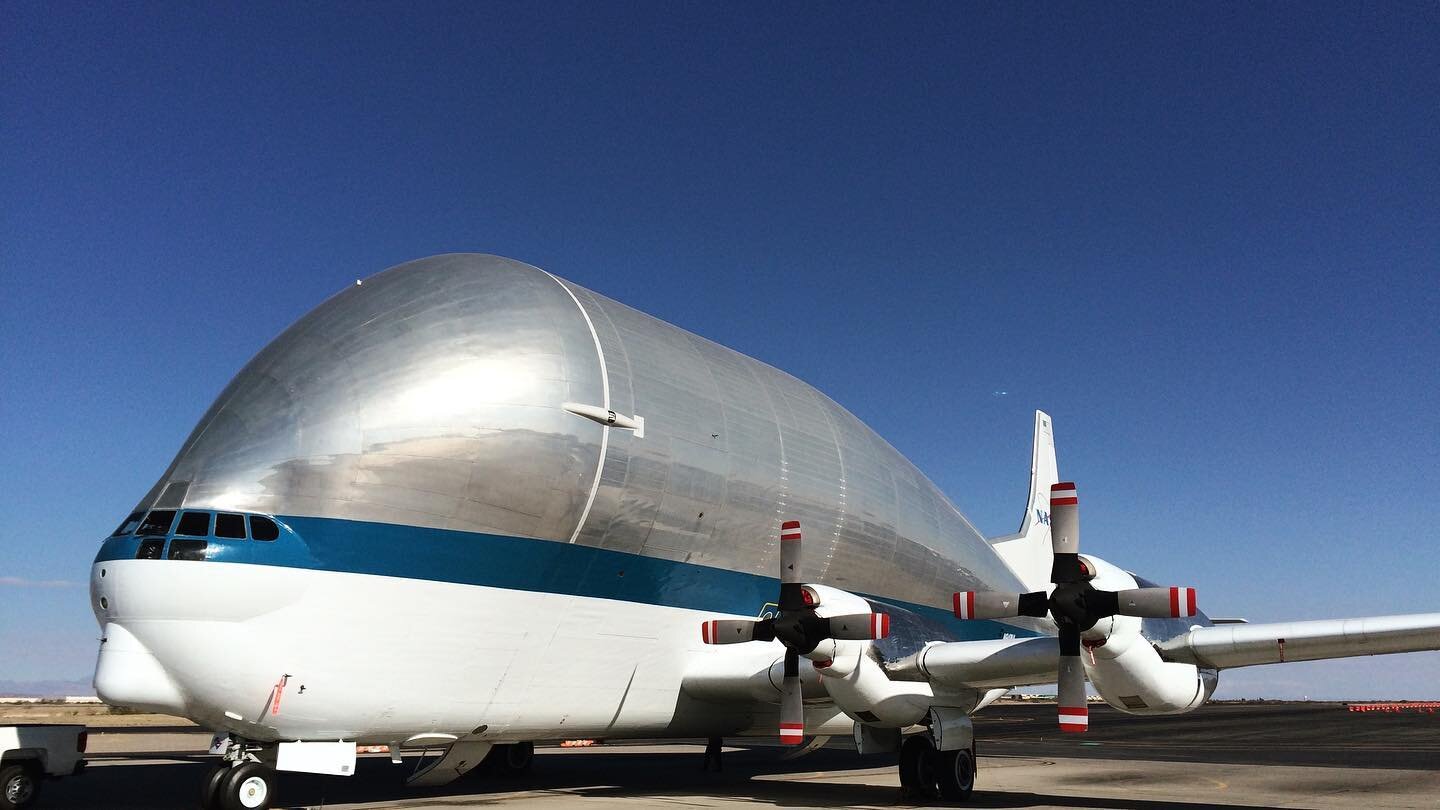
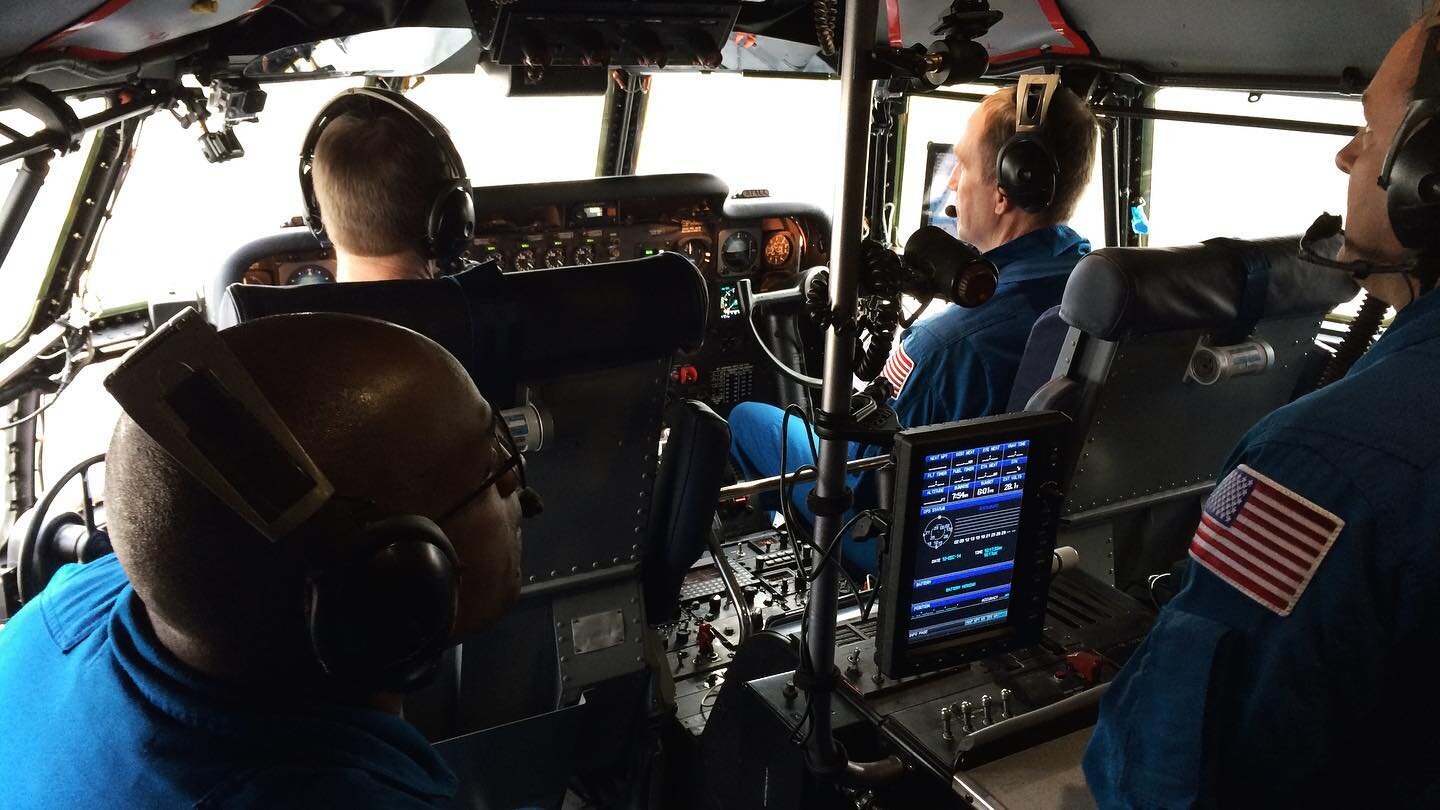
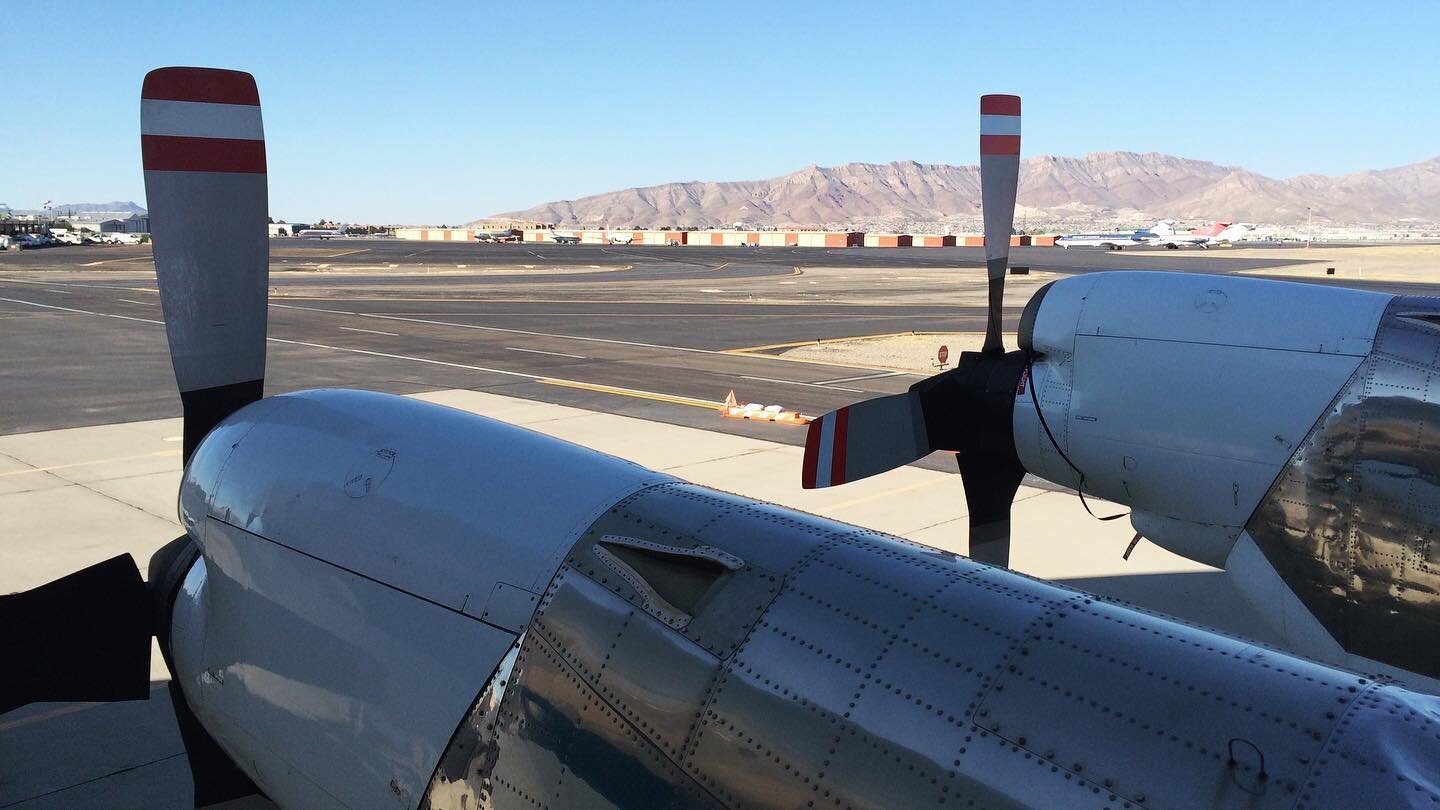


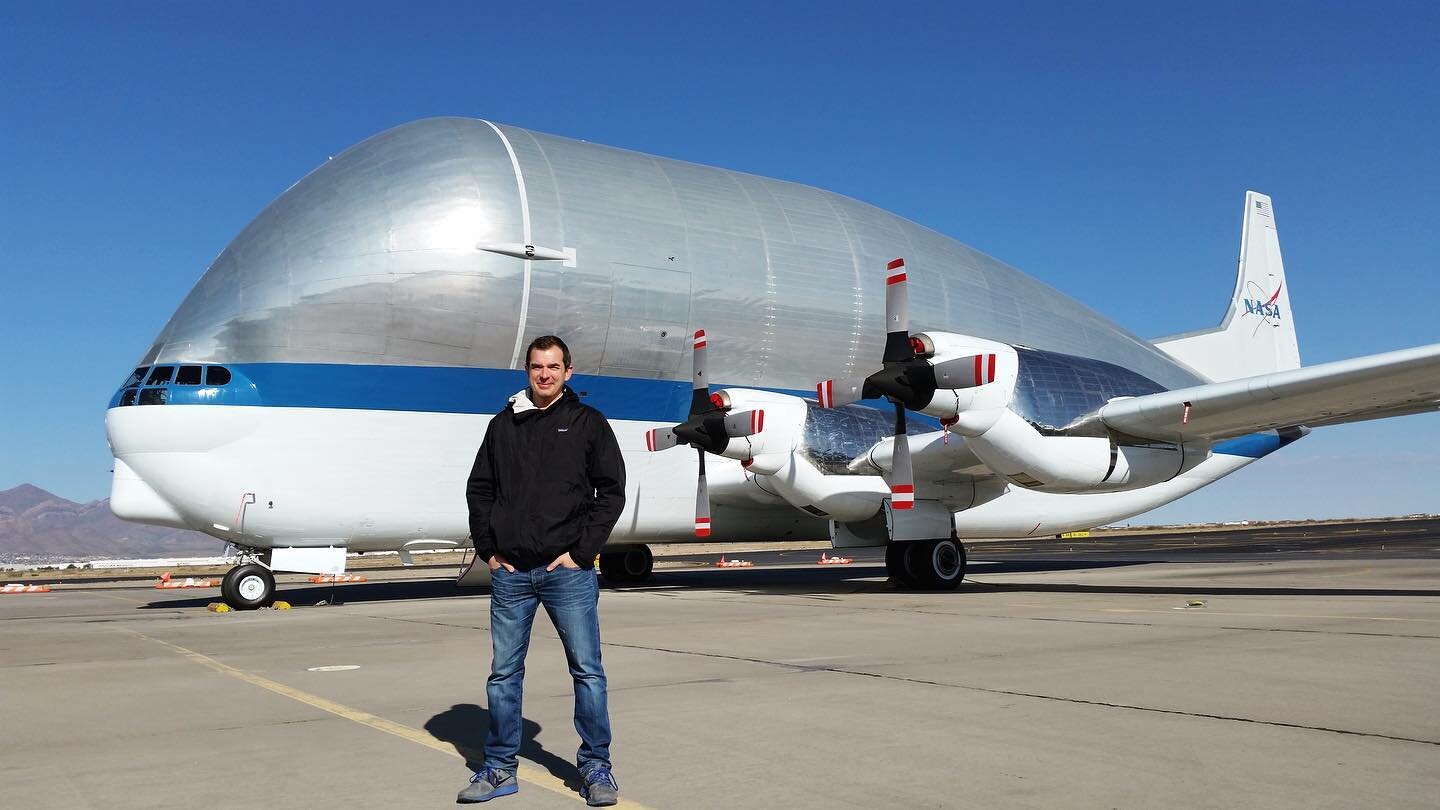
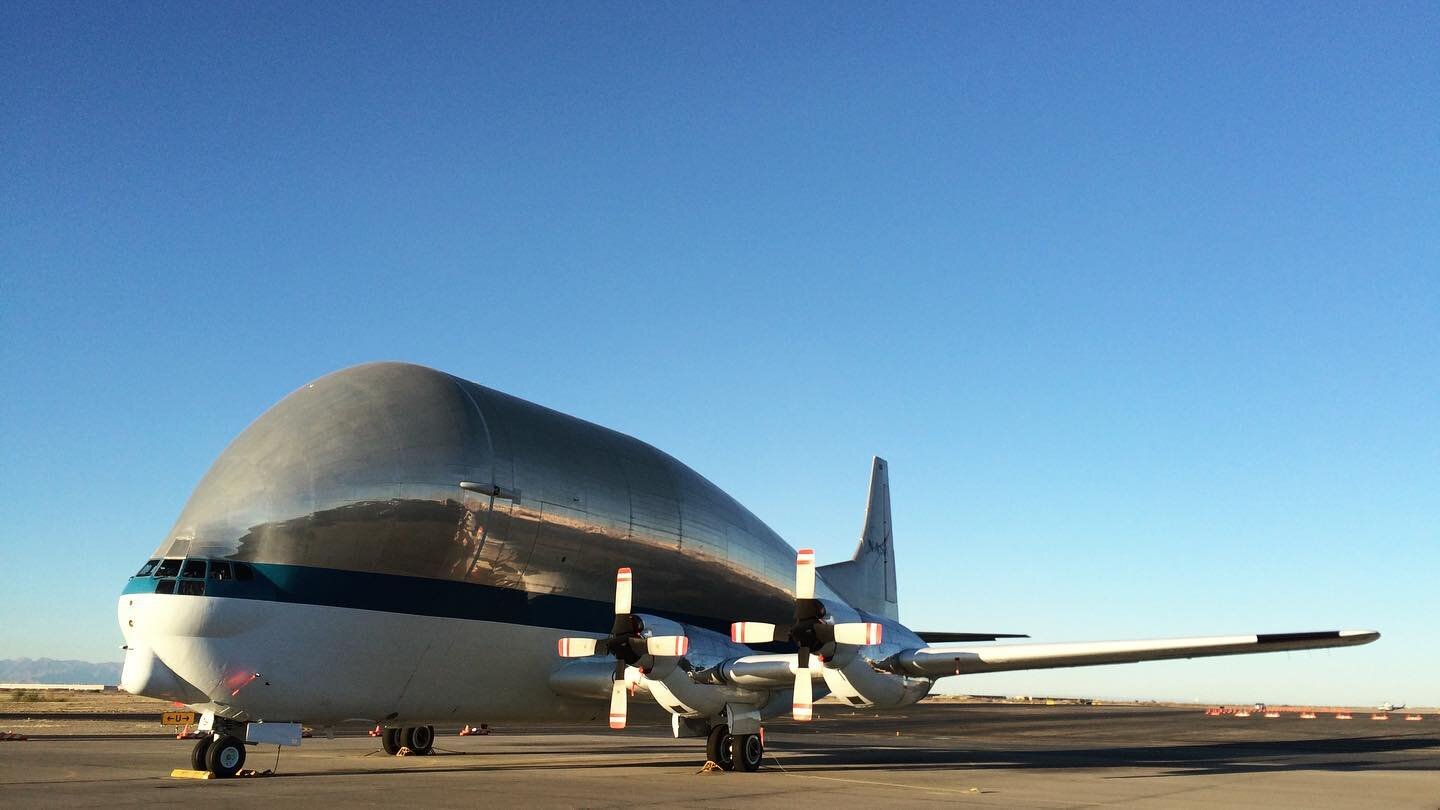
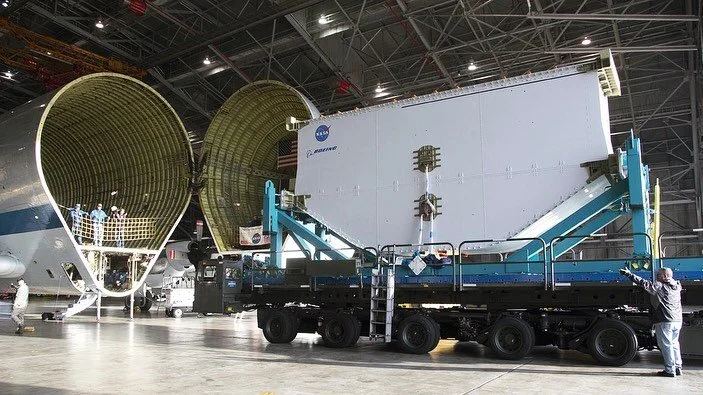
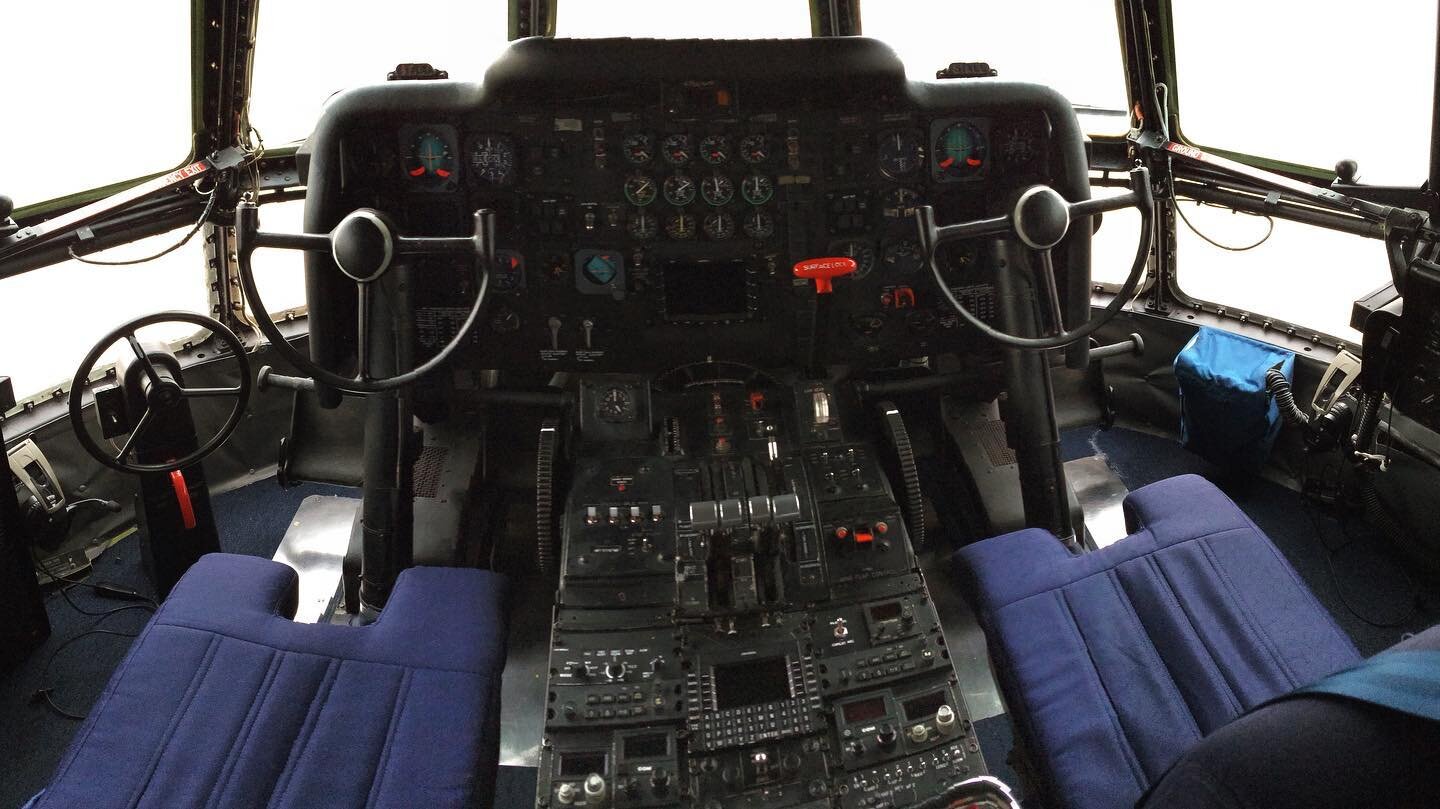
It’s a legendary aircraft that was built in the 1960s and flew missions transporting massive parts of the Saturn V rocket across the country for the Apollo missions. The Guppy is still in use today, transporting oversized components for the SLS rocket that will take us back to the Moon and Mars. It’s now outmatched on weight by planes like the C-5M Galaxy, but Guppy still wins by volume with a cavernous 39,000 cubic feet of useable space inside. It also has a unique hinged nose that opens 110 degrees. I joined the Guppy crew on a mission transporting massive sections of an experimental Boeing / NASA aircraft. Flying on a NASA mission has been a dream since childhood, and this was my chance. The mission began at the Guppy’s home base in El Paso, Texas and crisscrossed the States over many days as we picked up the large experimental components in California and delivered the cargo to Langley Air Force Base. A cockpit window that shattered mid-flight forced us to descend to a lower altitude and land, delaying the mission for a day and a half while we waited for spare parts to make the repair. Our Mission Commander was astronaut Greg Johnson, who was the pilot on the final Space Shuttle mission STS-125 to the Hubble Space Telescope. It was the only mission where a backup Shuttle, the Endeavour, was put in place ready to launch as a rescue contingency because the mission was deemed so high-risk.
Tech Specs
Crew: Four
Length: 143 ft 10 in
Wingspan: 156 ft 3 in
Height: 46 ft 5 in
Cargo bay dimensions: 111 ft x 25 ft x 25 ft
Empty weight: 101,500 lb
Useful load: 45,000 lb
Max. takeoff weight: 170,000 lb
Performance
Powerplant: 4 × Allison 501-D22C turboprops (4,600 SHP each)
Cruise Speed: 250 mph
Range: 1,700 nm
Service ceiling: 25,000 ft
NASA 941 Specifics
Original Airframe: KC-97 (SN 52-828)
In-Service Date: 1953
C-97 Flight Hours: 8090
1st SGT Flight: June 21st, 1983
Transferred to NASA: October 23rd, 1997
